A UX designer, stresses the significance of application monitoring from a user’s perspective. Through monitoring, she identified patterns in user behaviour, enabling her to implement changes that transformed a once-frustrating app into a seamlessly enjoyable experience, enhancing user satisfaction.
Application monitoring is vital for stability, performance, and user satisfaction, ensuring digital success. Proactive insights empower swift issue resolution, fortifying your application’s reliability.
Embark on a revealing journey with us to understand why monitoring your application is paramount. Explore the realms of stability, performance optimization, and user satisfaction, unveiling the pivotal role that vigilant monitoring plays in ensuring digital success.
The Significance Of Application Monitoring – Get Informed In A Snap!
Ensuring Application Stability:
In the dynamic world of software development, application stability is paramount. Monitoring allows developers to identify and address issues that could potentially destabilize an application.
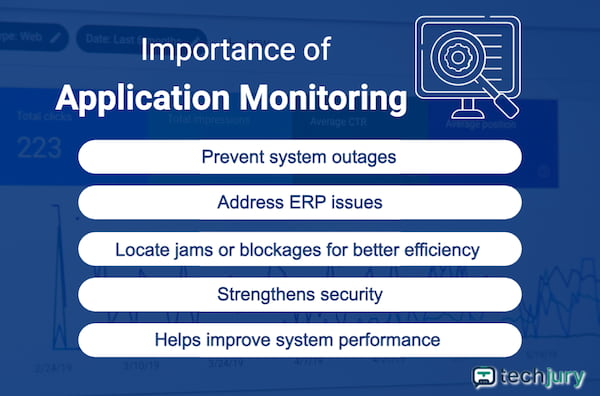
Proactive monitoring detects anomalies, prevents crashes, and ensures that the application remains robust, reducing downtime and enhancing user satisfaction.
Optimizing Performance:
Application performance is directly linked to user satisfaction. Monitoring helps identify performance bottlenecks, allowing developers to optimize code, streamline processes, and enhance overall responsiveness.
By keeping a close eye on performance metrics, businesses can deliver a superior user experience, which is crucial in today’s competitive digital landscape.
Enhancing User Experience:
Users today demand applications that not only function flawlessly but also provide a delightful experience. Monitoring helps in understanding user behaviour, preferences, and pain points.
By analyzing this data, developers can make informed decisions to enhance the user interface, improve features, and tailor the application to meet the specific needs of its audience.
Types Of Application Monitoring – Click To Gain Knowledge!
Performance Monitoring:
Performance monitoring involves tracking various metrics such as response time, latency, and throughput. It enables developers to identify areas of improvement and optimize the application’s performance.
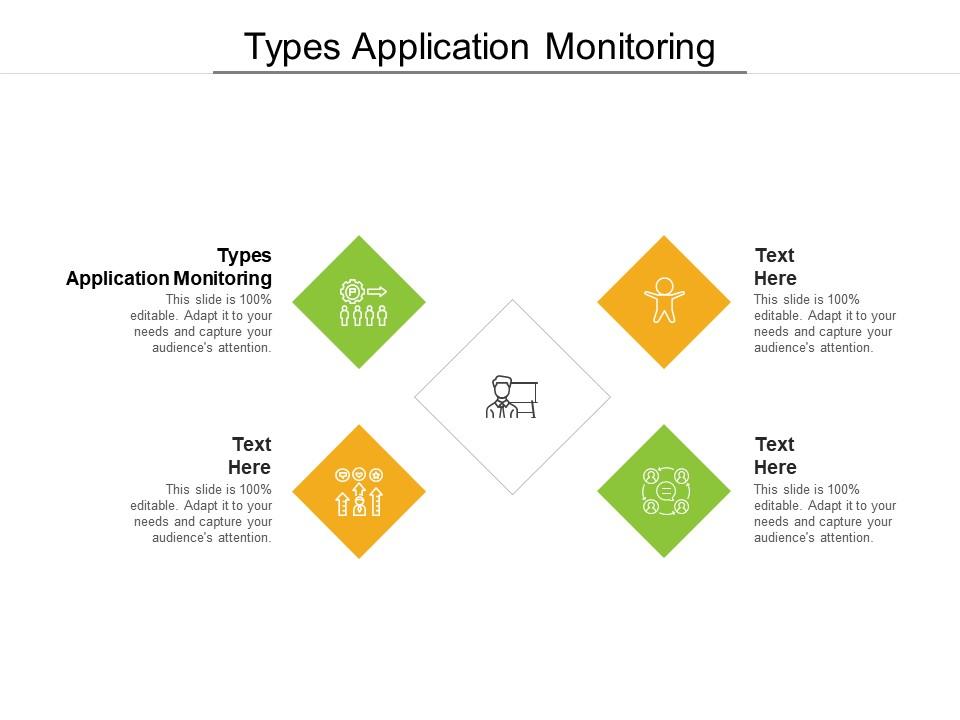
Error Monitoring:
Error monitoring focuses on identifying and resolving bugs and issues in real time. This type of monitoring is crucial for maintaining a stable and reliable application by addressing issues as they arise.
Security Monitoring:
With the increasing frequency and sophistication of cyber threats, security monitoring has become indispensable. It involves tracking and analyzing security events to protect sensitive data and ensure the application’s integrity.
User Experience Monitoring:
User experience monitoring provides insights into how users interact with the application. This includes analyzing user journeys, collecting feedback, and identifying opportunities for improvement in the overall user experience.
The Role Of Application Monitoring In Business Success – Explore The Details With One Click!
Maximizing Revenue:
A stable and high-performing application contributes directly to business success. Users are more likely to engage with and pay for applications that provide a seamless experience, leading to increased revenue and customer loyalty.

Reducing Costs:
Proactive monitoring helps identify and address issues before they escalate, reducing the costs associated with downtime, customer support, and emergency fixes. By minimizing disruptions, businesses can optimize their operations and allocate resources more efficiently.
Building Trust and Credibility:
Trust is a cornerstone of any successful business. Consistent monitoring and swift issue resolution build trust among users, instilling confidence in the reliability and effectiveness of the application.
Implementing Effective Application Monitoring – Access The Full Story Now!
Selecting the Right Monitoring Tools:
Choosing the appropriate monitoring tools is crucial for effective application monitoring. The market offers a variety of tools catering to different needs, including performance monitoring, error tracking, and security analysis.
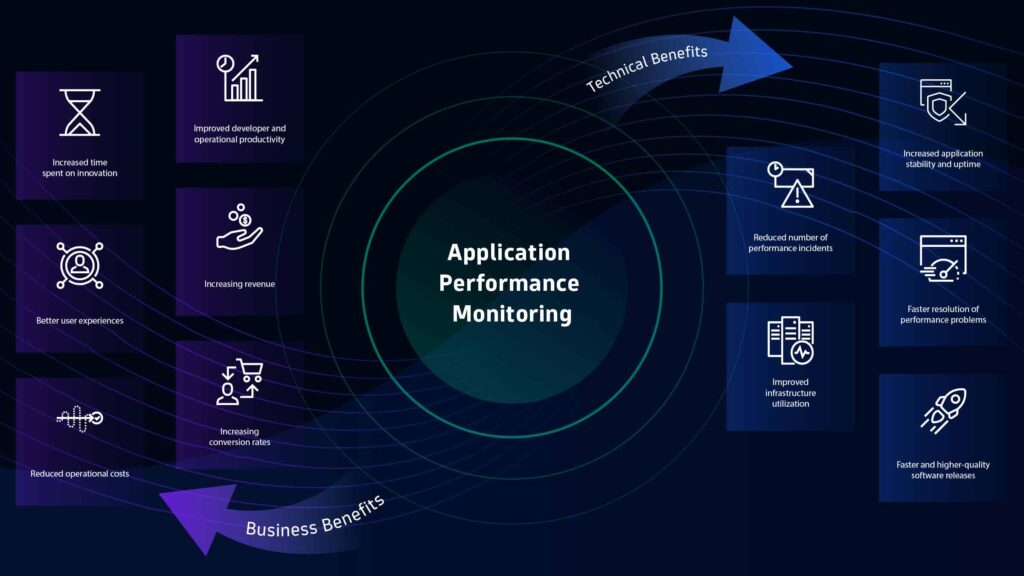
Establishing Key Performance Indicators (KPIs):
Defining and monitoring KPIs specific to your application’s goals is essential. These metrics provide a quantitative measure of the application’s performance and help in gauging its success against predefined benchmarks.
Implementing Real-time Monitoring Strategies:
Real-time monitoring allows for immediate detection and response to issues. Implementing strategies for continuous monitoring ensures that potential problems are addressed promptly, minimizing downtime and optimizing user experience.
The Evolution Of Application Monitoring Technology – Click To Unravel The Mystery!
Historical Perspective:
Explore the historical evolution of application monitoring technology, tracing its roots and highlighting key milestones that have shaped the landscape. Understand how monitoring tools have evolved to meet the changing demands of software development.
Modern Techniques and Innovations:
Delve into the cutting-edge techniques and innovations in application monitoring. Discuss how machine learning, artificial intelligence, and other advanced technologies are being leveraged to provide more accurate and predictive monitoring capabilities.
Challenges In Application Monitoring – Dive Deep Into The Information!
Scalability Challenges:
Examine the challenges associated with monitoring large-scale applications. Discuss strategies for scaling monitoring solutions to meet the demands of growing user bases and complex infrastructures.
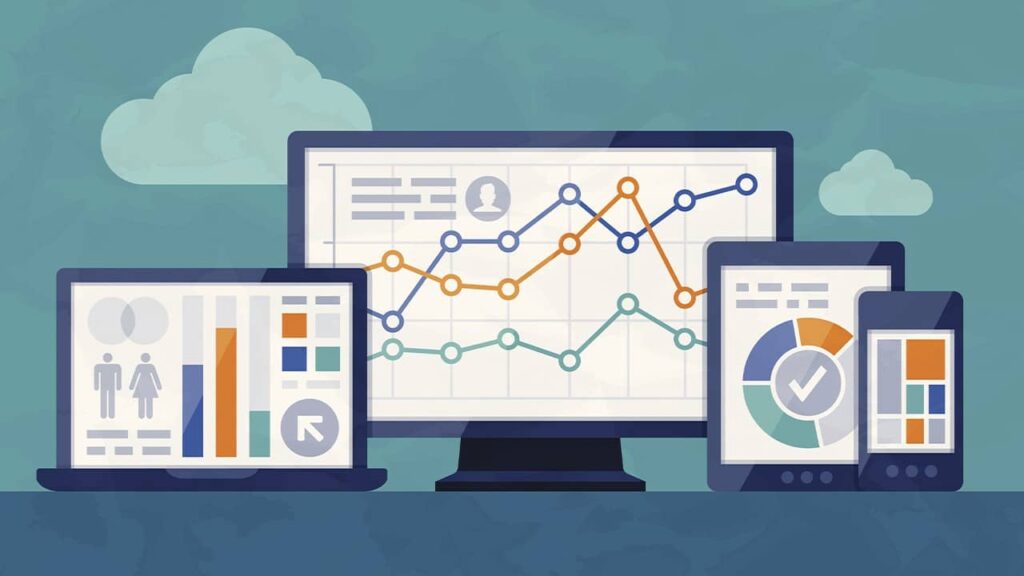
Balancing Monitoring Overhead:
While monitoring is crucial, it comes with a certain level of overhead. Explore the delicate balance between comprehensive monitoring and minimizing the impact on application performance. Discuss best practices for optimizing monitoring processes.
The Impact Of Devops And Continuous Integration – Click For A Comprehensive Overview!
Integration with DevOps Practices:
Investigate how application monitoring seamlessly integrates with DevOps practices. Explore the role of monitoring in fostering collaboration between development and operations teams, promoting a culture of continuous improvement.
CI/CD Pipelines and Monitoring:
Understand the symbiotic relationship between CI/CD pipelines and application monitoring. Discuss how monitoring fits into the CI/CD lifecycle, ensuring that each code change is thoroughly tested and monitored before deployment.
Real-World Examples Of Successful Application Monitoring – Get The Scoop With A Click!
Industry-Specific Implementations:
Showcase real-world examples of how different industries have successfully implemented application monitoring. Highlight the challenges faced, strategies employed, and the positive outcomes achieved through effective monitoring.
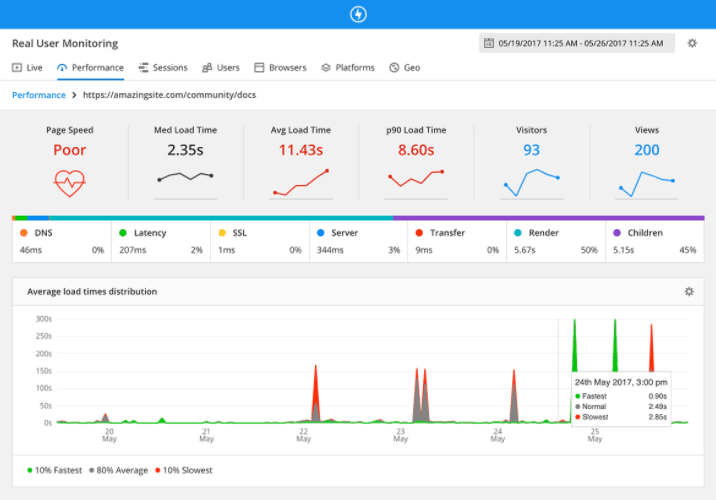
Notable Failures and Lessons Learned:
Learn from the failures of applications that faced significant issues due to a lack of monitoring. Analyze the lessons learned from these incidents and how businesses can avoid similar pitfalls through proactive monitoring.
Future Trends In Application Monitoring – Learn The Details Instantly!
Predictive Analytics and AI-Driven Monitoring:
Explore the future of application monitoring, including the rise of predictive analytics and AI-driven monitoring. Discuss how these technologies will revolutionize the way applications are monitored, providing more proactive and intelligent insights.
Edge Computing and IoT Monitoring:
Examine the impact of edge computing and the Internet of Things (IoT) on application monitoring. Discuss the challenges and opportunities presented by the increasing decentralization of computing resources.
Frequently Asked Questions(FAQs):
1. How does application monitoring contribute to business growth?
Application monitoring ensures that an application is stable, high-performing, and secure. These factors directly impact user satisfaction, leading to increased user engagement, positive reviews, and ultimately, business growth.
2. Is application monitoring only necessary for large-scale applications?
No, application monitoring is essential for applications of all sizes. Small applications can benefit from monitoring by identifying and addressing issues early on, preventing them from becoming major problems.
3. How often should application monitoring be performed?
Continuous monitoring is ideal. Real-time monitoring allows for immediate detection and resolution of issues, ensuring the application’s optimal performance and user satisfaction.
4. Can application monitoring improve cybersecurity?
Yes, security monitoring is a crucial component of application monitoring. It helps identify and mitigate security threats, protecting sensitive data and ensuring the integrity of the application.
Conclusion:
At the end of this article,
Monitoring your application is essential for stability, optimal performance, and satisfying users, guaranteeing success in the digital realm. Swiftly resolving issues with proactive insights strengthens the dependability of your application.
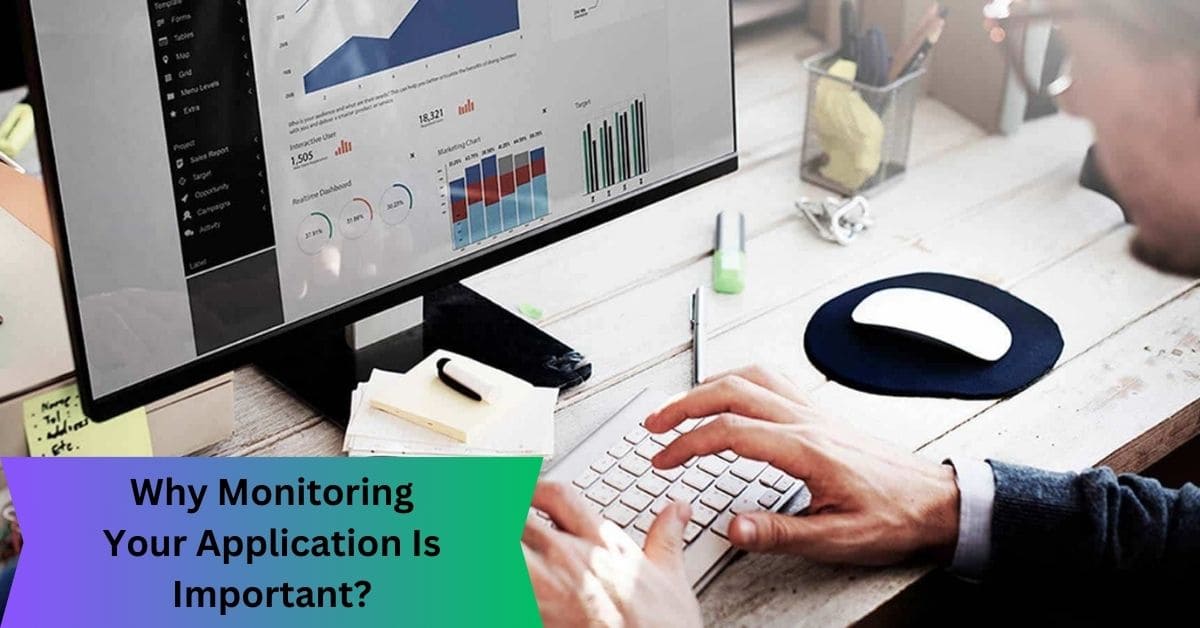









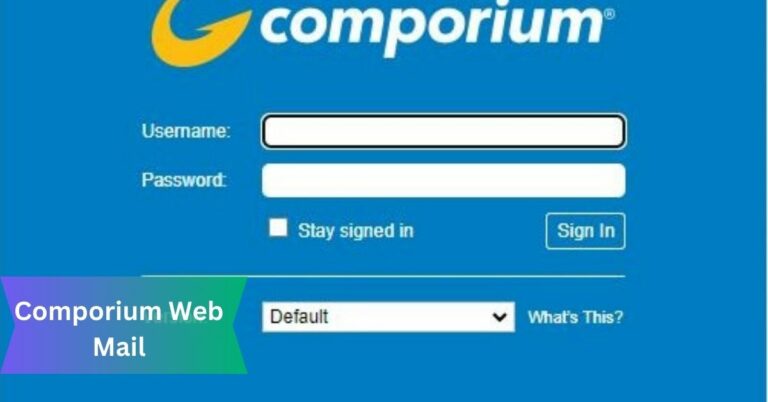
+ There are no comments
Add yours